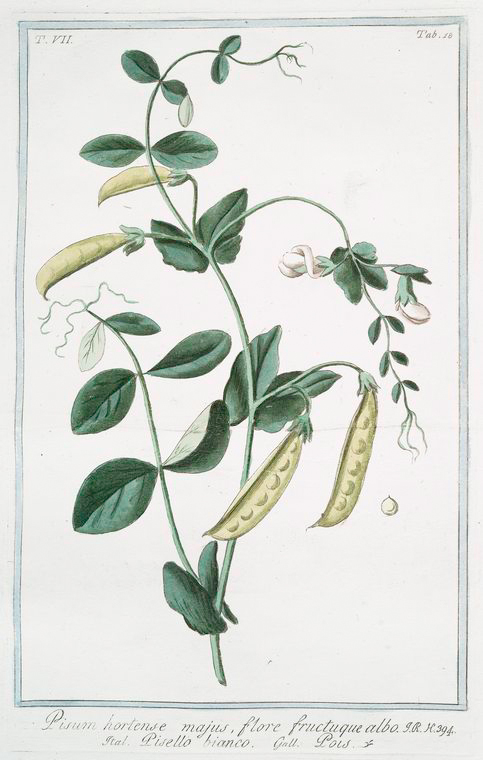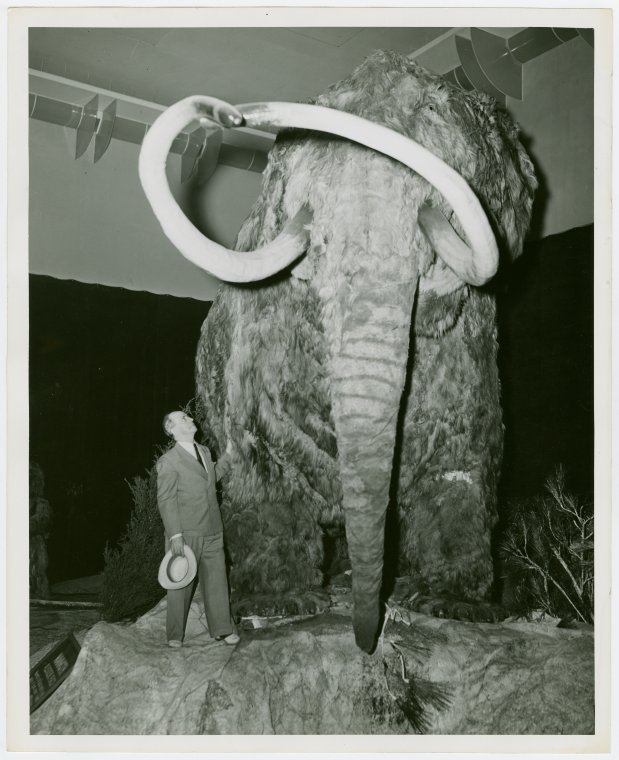Learning about Genetic Engineering, Modification, and Enhancement
Using The New York Public Library can be one of the central most powerful and inexpensive ways to familiarize yourself with and develop an informed opinion on any number of controversial, complex and relevant ideas of the day.
The concepts of Genetic Engineering, Genetic Modification, and Genetic Enhancement are as closely related and intertwined as the DNA and the genes themselves. Genetic concepts and terminology can readily be found in today’s headlines and conversation. These phrases and concepts are often used interchangeably, but have distinctive meanings and emphasis.
Generally speaking Genetic Engineering would be the larger concept of manipulating DNA at the molecular and cellular level within genes. The debate on Genetic Modification seems to place the emphasis on enhancing, changing or amending the outcome or the produce/product of a living organism, as opposed to the building of a chimera or an entirely new organism. Conceptually there appeared to be very little difference between engineering and modification. The use of "modification" might be viewed to be a public relations attempt to literally make the term more palatable and less controversial. During my research, I’ve encountered the terms used interchangeably. Genetic Enhancement can be conceptualized in less invasive ways, through breeding, farming, and conservation management.

If one had to broadly divide the idea of genetic manipulation or modification, we could use the term “traditional” versus “cellular.” Early agricultural farming and the domestication of animals both dating back to the Neolithic period, about 10,000 years ago gave rise to refinement of techniques used for the selective breeding of plants and animals. In the “traditional sense” we would mean selective breeding of plants, such as Gregor Mendel's work on breeding pea plants to establish the traditional rules of heredity, often referred to as “Mendelian inheritance.” The earliest traditional work on genetics generally speaking does not include work or manipulation of at the cellular or gene level. Many examples of genetic modification in the breeding of animals can manifest itself today in our homes and in our sport. Our pet dog or cat might be considered walking examples of traditional genetic selection. Surprisingly, all thorough-bred horses are descended from only three sires: Darley Arabian, the Goldphin Arabian, and the Byerley Turk. Understandably there are ongoing concerns about the ethical and social considerations of genetic modification. Crippling malformations of various dog and horse breeds as well as other societal concerns, long term consequences and cost have opened heated debate for caution and concerns for safety. Indeed, the debate regarding what it means to be human, may be at stake.
The power and controversy surrounding genetic engineering rivals that of nuclear arms and global pollution. In the most basic sense, humans and civilization have been practicing genetic modification for thousands of years.
Genetic Engineering is a relatively modern invention, first starting in the 1970s. Scientists discovered that recombinant DNA could be used to produce Insulin and Interferon. In 1988 Harvard University received the first patent for an animal. The “oncomouse” was developed and patented for its ability to acquire cancer, thus the oncomouse’s utility as a tool in the research into cancer was established. In 1996 scientist in the Roslin Institute in Scotland carried out the first cloning of a mammal using the cells of an adult sheep. Some critics of Genetic modification express deep concern over the purposeful shrinking or reduction of the gene pool, and introducing organism and animals that have never existed According to counter-argument Genetic Engineering can result in limiting species variety and introduce possible increased risk of wide-spread extinction, disease or possible unforeseen consequences to what took several millennia to naturally develop. In Beth Shapiro's book, How to Clone a Mammoth, the author gives details and serious discussion on genetically engineering a enhanced Mammoth from recovered DNA extracted from a tusk, or fossil. Should we book our seats to Jurassic Park?
Today's Genetic Engineering activities and experiments require large social and economic structures and the wisdom to build and govern wisely. The importance of an educated and civically involved populace is necessary, lest we forget the lessons of history and repeat the conjuring of the hellish nightmare experimentation and torture committed by Joseph Mengele and atrocities of the Nazis.
Sources
I relied heavily upon Credo Reference and this article in particular: Gunn, A. (2011). Genetic engineering. In Green ethics and philosophy: An A-to-Z guide. Thousand Oaks, CA: Sage Publications.
The Opposing Viewpoints Resource Center is an excellent database to research and develop familiarity with controversial concepts.
If you don't like the future you see, build one in its place, and if you don't see a title in our catalog, please suggest it. Live Long and Prosper.
Read E-Books with SimplyE
 With your library card, it's easier than ever to choose from more than 300,000 e-books on SimplyE, The New York Public Library's free e-reader app. Gain access to digital resources for all ages, including e-books, audiobooks, databases, and more.
With your library card, it's easier than ever to choose from more than 300,000 e-books on SimplyE, The New York Public Library's free e-reader app. Gain access to digital resources for all ages, including e-books, audiobooks, databases, and more.
If you don’t have an NYPL library card, New York State residents can apply for a digital card online or through SimplyE (available on the App Store or Google Play).
Need more help? Read our guide to using SimplyE.

